- Jewelry
- Crosses
- Rings
- Mens
- Claddagh
- Wedding
- Personalized Jewelry
- John Urban Jewelry
- Sale
- Gift Certificates
- About Us
March 01, 2017 2 Comments
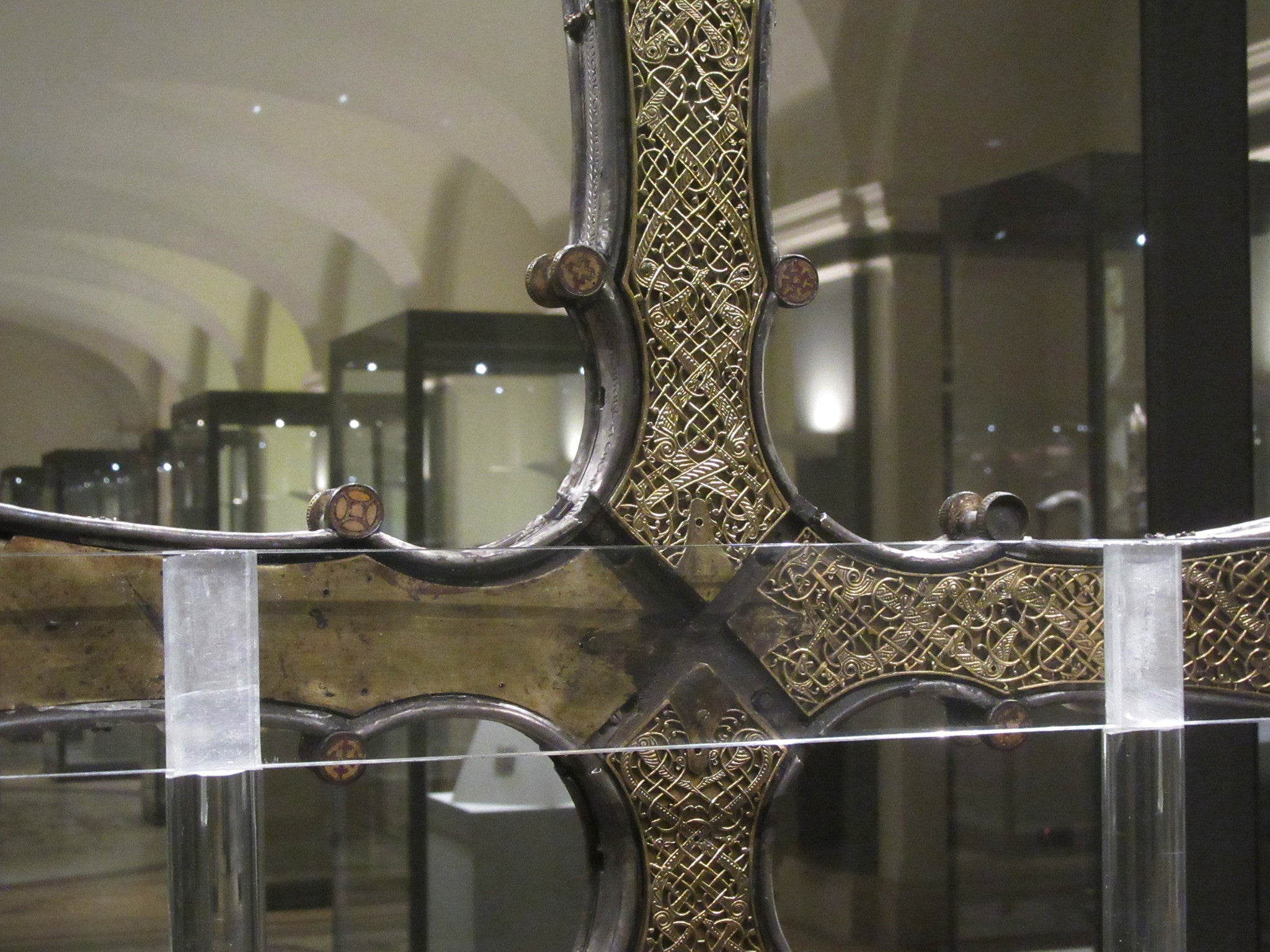
Saint Patrick’s Day, the biggest party day of the year for Irish Americans, falls during the somber religious season of Lent. Why then is this the season that cow pies would be used to recreate an ancient Celtic treasure? A goofy question, but there is a real answer.
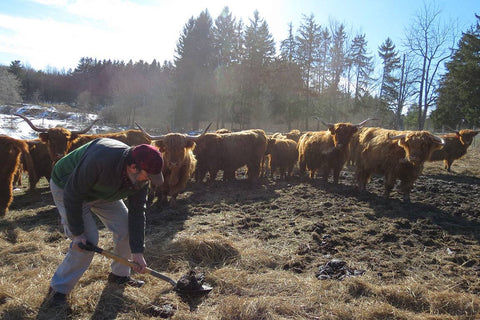
I will be traveling to Ireland this spring to meet with curators at the National Museum in Dublin. The quest relates to an experimental project that will reproduce a lost part from the legendary 12th century Cross of Cong. I have been making Celtic crosses as jewelry for my entire career. Usually I make a special effort to create new cross designs during the Lenten season leading up to Easter. This year I will also copy a very old one. It just happens that the timeline for this project falls during lent.
The Cross of Cong was commissioned by King Turlough O'Connor as a reliquary for a fragment of the True Cross that was brought to Ireland in 1123 A. D.

The project was suggested by Dr. Griffin Murray, one of Ireland’s leading experts on medieval Celtic metalwork. Murray has devoted many years to the study of the Cross of Cong, resulting in a book which is a complete and definitive report on this Celtic masterpiece. One aspect of the cross which Murray did not delve into in any great detail is the method by which the intricate bronze decorative panels on the cross were cast. I intend to duplicate a panel which is missing from the Cross of Cong, but also do it in a way that demonstrates the original craftsman’s method.
My theory is that the intricate panels of open interlaced animal designs were cast in molds made of a mixture of clay and cow dung. It seems kind of yucky and unsanitary to our modern sensibilities, but that mixture is a remarkable material with a long history of use from everything from plastering walls to casting metal.
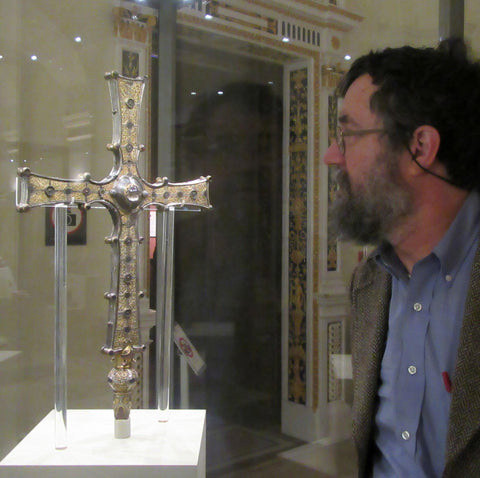
If my effort is successful, after Easter I will make the trip to Ireland to compare my facsimile to the original and have it photographed in place. Then I will make another trip to make a presentation to the International Insular Art Conference, a gathering of Celtic art scholars, archaeologists and museum curators, in Glasgow, Scotland in July 2017.
I really love these old Celtic masterpieces and enjoy the opportunity to work on some of the mysteries about how they were made. The curators and art historians that study these things have been wonderfully supportive of my projects. I have been able to establish something of a reputation at some earlier Insular Art conferences by similar presentations of how artistically challenging Celtic metalwork would have been created. .

In 2011 in York, England, I gave a presentation on the St. Ninian’s Isle treasure, 8th century silver brooches found in the Shetland Islands, north of Scotland. Studies of these pieces revealed a long lost method of creating a style of interlace known to archaeologists as kerbschnitt. In 2014 I demonstrated a plausible solution to the problem that had long vexed art historians of how the cylindrical kerbschnitt stem of the 8th century Ardagh Chalice was molded and cast. Both of these presentations involved actually making facsimiles of the ancient pieces.

Griffin Murray was instrumental in helping me arrange to have the chalice, one of Ireland’s most precious and iconic treasures, removed from the showcase at the National Museum so that I could examine it under a microscope. Last year I visited the museum for a preliminary examination of the Cross of Cong in preparation for the current project.
March 06, 2017
what a great story Steve.. congrats to you on the great opportunity to partake
in such an historic venture… my best to all.
Comments will be approved before showing up.
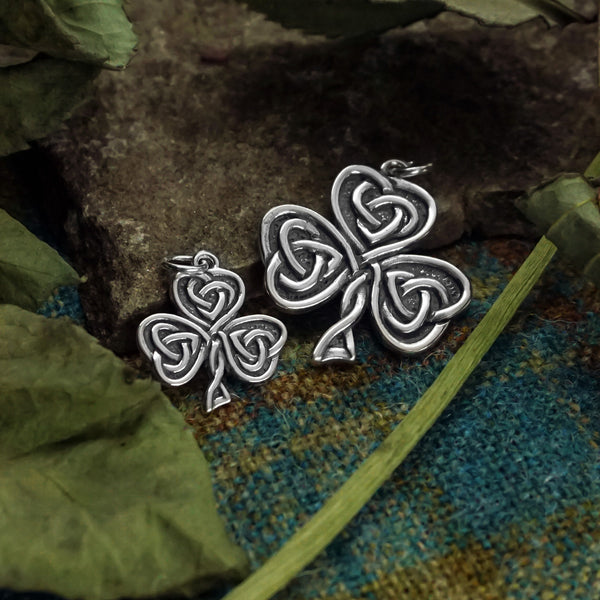
March 12, 2024
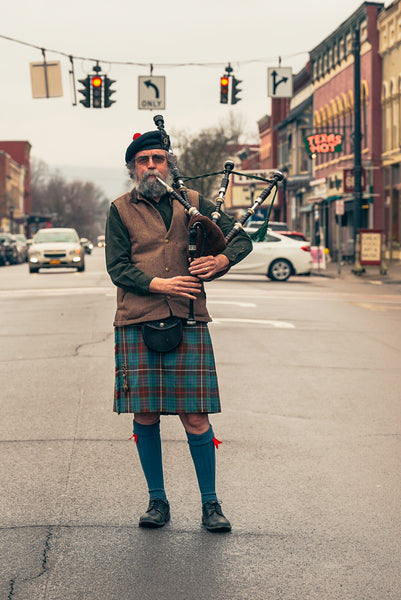
February 23, 2024
Thousands of photographs were taken. Help find at least one.
Were you a tourist in London, Dublin or Paris in 1975 – 1978? Did you see a street performer playing bagpipes? Did you take his picture? Was it Steve Walker? If you can share that picture with Walker Metalsmiths you could score some sweet Celtic jewelry.
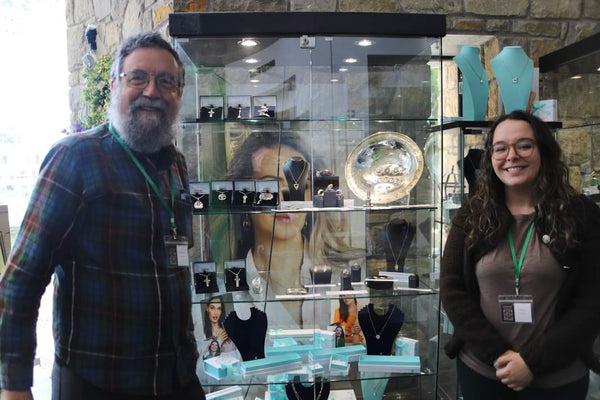
June 26, 2023
Sign up to get the latest on sales, new releases and more …

Monday-Friday 9-5
Saturday 10-3

Cynthia Montgomery
May 31, 2017
I just recently found this website and am intrigued by your work. Your quest to find the methods of creating these beautiful treasures is wholesome. I grew up in England and was there when the Sutton Hoo Treasure was discovered. These intricate artworks are as lovely today as they were the day they were made. Well done.